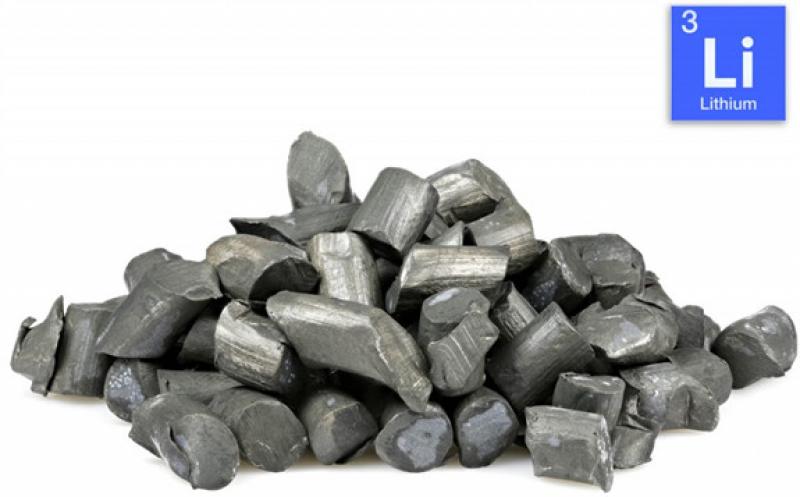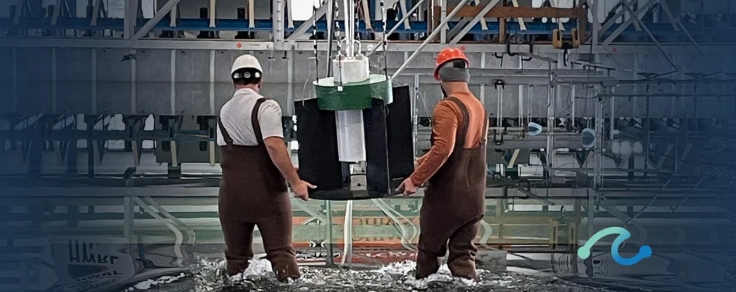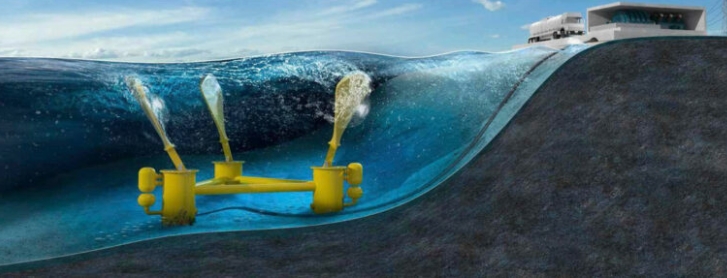Researchers in China report using air oxidation–water leaching to recover lithium selectively from spent LiFePO4 (LFP) material, in which the high leaching efficiency of lithium and the good separation effect of lithium and iron were achieved simultaneously. An open-access paper on their work is published in the RSC journal Green Chemistry.

The use of LFP batteries in EVs is increasing rapidly, especially in China, due to low-cost, safety, excellent thermal stability and superior cycling performance. (Earlier post.) However, the researchers note, a huge number of end-of-life batteries will emerge due to the limited lifespan of LFP batteries (8–10 years). The toxic electrolytes, binder, and other organic chemicals will result in serious environmental pollution if the spent batteries are not properly treated.
The economics of current approaches to recycling of spent LFP batteries are challenging, the researchers noted, due to low lithium recovery rate, and high reagent and wastewater treatment costs.
The researchers found that 99.3% of Li is leached into solution, while only 0.02% Fe and P are dissolved. They also prepared a new LFP cathode material with Li2CO3 obtained from the leachate and the FePO4 residue that exhibited sound electrochemical performance.







